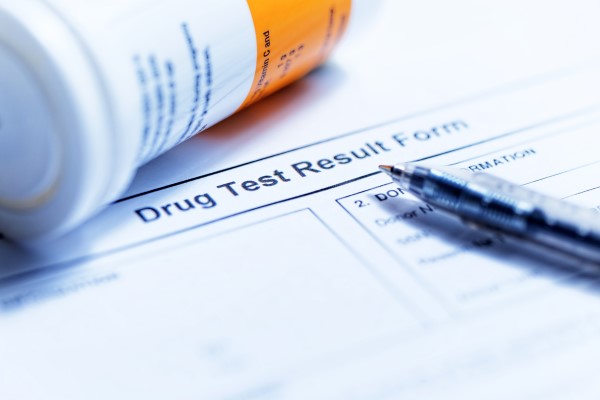What are the steps for a CDL driver who has tested positive or refused a DOT drug/alcohol test to resume safety-sensitive duties like operating commercial motor vehicles?
CDL drivers who test positive or refuse a DOT test must complete the return-to-duty (RTD) process with a DOT-qualified substance abuse professional (SAP), as per 49 CFR Part 40, Subpart O and 49 CFR 382.501, 382.503.
DOT Rule 49 CFR Part 40 Section 40.23
The U.S. Department of Transportation (DOT) Rule 49 CFR Part 40 Section 40.23 outlines the procedures that must be followed by transportation employers, safety-sensitive employees, and service agents when an employee has tested positive or refused a DOT drug/alcohol test.
Here are the steps to resume safety-sensitive duties:
1. Immediate Removal: Once an employee tests positive or refuses a test, they must be immediately removed from safety-sensitive functions.
2. Substance Abuse Professional (SAP) Evaluation: The employee must be evaluated by a DOT-qualified Substance Abuse Professional. This evaluation includes assessing the individual’s needs and assistance in getting appropriate education and treatment.
3. Compliance with SAP Recommendations: The employee must complete the education and treatment recommended by the SAP before moving to the next step.
4. Follow-Up Evaluation: After completing the education and treatment, the employee must undergo a follow-up evaluation with the same SAP. This ensures the employee has complied with their recommendations and is ready to return to duty.
5. Return-to-Duty Test: Before returning to safety-sensitive duties, the employee must have a negative result on a directly observed Return-to-Duty drug and alcohol test. The type of test (drug and alcohol) will depend on the substance for which the employee tested positive or refused.
6. Follow-Up Testing: Once the employee returns to safety-sensitive duties, they will be subject to directly observed Follow-Up testing for 12-60 months as directed by the SAP. The SAP will determine the number and frequency of the follow-up tests, but they must consist of at least six tests in the first 12 months.
Remember, these steps are not optional. The DOT requires them, and there are no shortcuts or alternative methods for returning to safety-sensitive duties after testing positive or refusing a DOT drug/alcohol test.
You can refer to the DOT’s official document for more detailed information.
Please note that this is a general guideline, and the exact procedures may vary depending on your employer’s or industry’s specific circumstances and regulations. Always consult with a qualified professional if you need legal advice.
What drugs does the DOT drug test detect?
The Department of Transportation (DOT) drug test screens for several substances.
The standard DOT 5-panel drug test includes the following meanings:
1. Amphetamines
2. Cocaine
3. Opiates
4. Phencyclidine (PCP)
5. Marijuana (THC)
These tests are conducted using urine specimens designed to detect recent use of these substances. In addition to these, some sources suggest that methadone is also tested for. However, it’s important to note that the exact substances tested for can vary depending on the specific requirements of the DOT and the employer.
Is a positive drug test the same as a failed drug test?
A “positive” drug test is generally the same as a “failed” one. Both terms indicate that the test detected the presence of one or more of the substances it was designed to detect. It’s important to note that a positive laboratory test result does not automatically identify an individual as an illegal drug user. A positive test result means that the person had a detectable amount of a substance present during a certain time window.
What happens after a positive DOT drug test?
The employer immediately removes the employee from performing any DOT safety-sensitive jobs after a positive DOT drug test. It’s also important to mention that positive tests require follow-up testing because they may be wrong (false positives). The follow-up test is usually a test that provides more specific results.
How do I get back to work after a failed DOT drug
To return to work after a failed DOT drug test, there are several steps an individual must take:
1. Evaluation by a Substance Abuse Professional (SAP): An SAP must evaluate the employee to determine what assistance they need.
2. Comply with the SAP’s Recommendations: The employee must comply with the SAP’s treatment and education recommendations.
3. Follow-Up Evaluation: After completing the recommended treatment and education, the employee must undergo a follow-up evaluation with the SAP.
4. Return-to-Duty Test: Before returning to safety-sensitive duties, the employee must have a negative result on a Return-to-Duty drug and alcohol test.
5. Follow-Up Testing: Employees will be subject to unannounced follow-up testing for 12-60 months after returning to safety-sensitive duties.



